#pokuttia
Text

Bride and groom from Pokuttia, early XXth centuty
56 notes
·
View notes
Text

Jewish man from Pokuttia, western Ukraine
35 notes
·
View notes
Photo

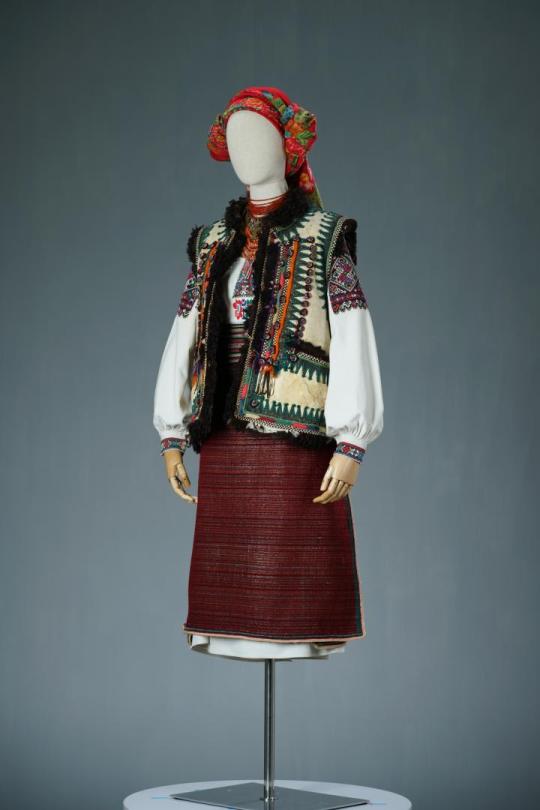
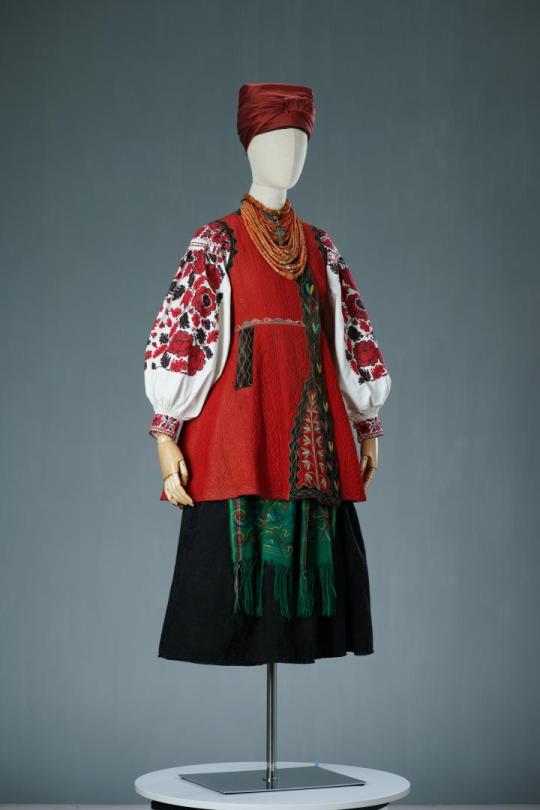




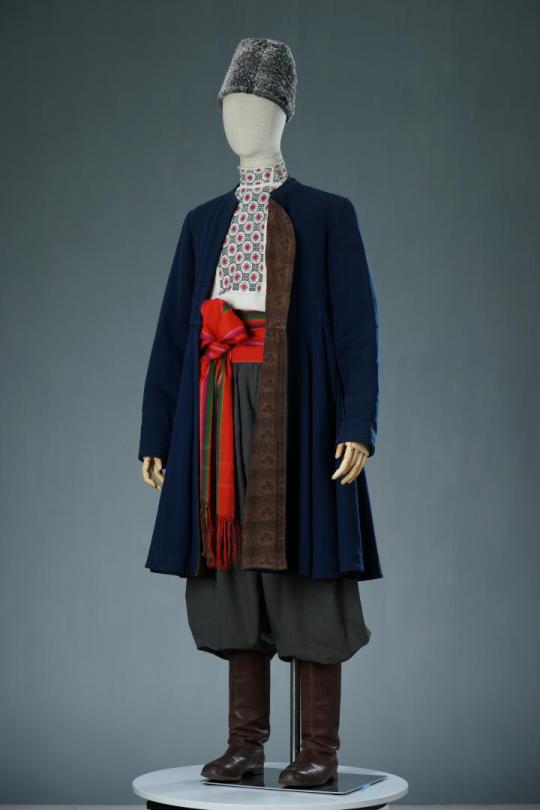
Ukrainian popular costume ensembles, from the collection of the Ivan Honchar Museum
Pokuttia, 20th century (x)
Hutsulshchyna, early 20th century (x)
Kyiv, early 20th century (x)
Western Polesia, late 19th-early 20th century (x)
Kyiv, late 19th-early 20th century (x)
Bukovina, late 19th-early 20th century (x)
Western Polesia, 1930-1950 (x)
Poltava, late 19th-early 20th century (x)
918 notes
·
View notes
Text
My next post in support of Ukraine is:
Next site, the National Museum of Hutsulshchyna and Pokuttia Folk Art in Kolomyia, Ivano-Frankivsk Oblast. It has more than 50,000 items showing the history and culture of the Hutsulshchyna and Pokuttia regions, and it was founded in 1926. These areas covered parts of Western Ukraine and Romania, and also parts of southwestern Ukraine (Pokuttia). The collection has items from Hutsul and Pokuttian villages, including Hutsul embroidery, musical instruments, and carved wooden tools.
#StandWithUkraine
#SlavaUkraïni 🇺🇦🌻

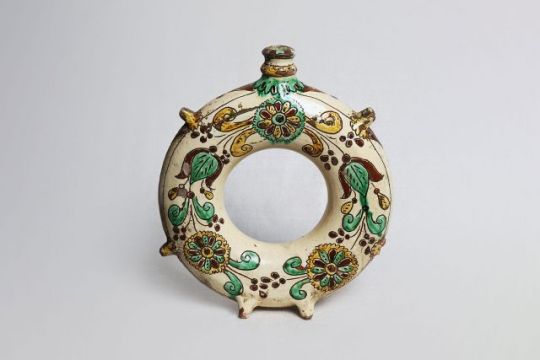

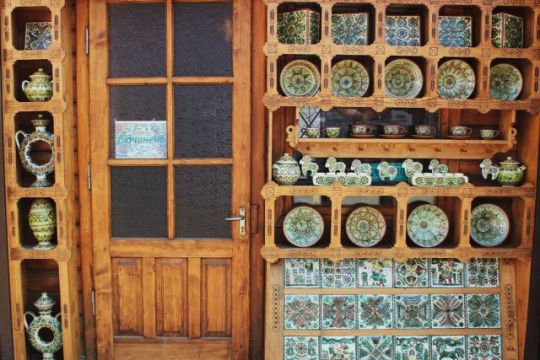
https://ua.igotoworld.com/en/poi_object/65990_national-museum-of-hutsulshchyna-and-pokuttya-folk-art.htm
Here's another Volodymyr Zelenskyy quote.
"To the world: what is the point of saying never again for 80 years, if the world stays silent when a bomb drops on the same site of Babyn Yar? At least 5 killed. History repeating."
Volodymyr Zelenskyy
13 notes
·
View notes
Photo


Folk costume of Pokuttia, Ukraine, the first half of 20th century
7 notes
·
View notes
Photo
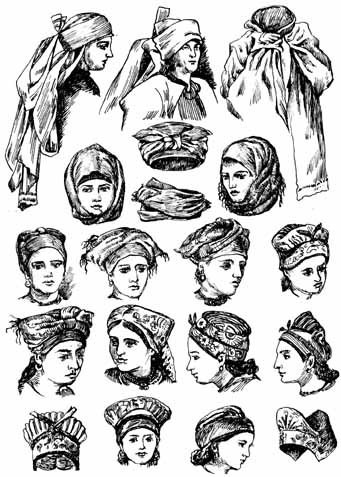
Traditional Ukrainian headdresses
The ochipok (Ukrainian: очіпок, also намітка, namitka; перемітка, peremitka; серпанок, serpanok; рантух, rantukh; склендячка, sklendyachka; хустка, khustka, Russian: повойник) is a married woman's headdress as part of traditional Ukrainian folk dress, often decorated with Ukrainian embroidery. It is a cap that covers the entire head with a slit in the back and laces that pull it tightly around the head.
They were mainly worn by women in the middle Dnieper River region, including the Left-Bank and steppe areas, however the ochipok was also used in other regions of Ukraine. It is thought to have originated during the Hetmanate period. The specific characteristics of the ochipok varied from region to region.
In Europe in the Middle Ages, uncovered hair was a sign of virginity. A married woman covered her hair completely, including forehead, ears and often the neck.
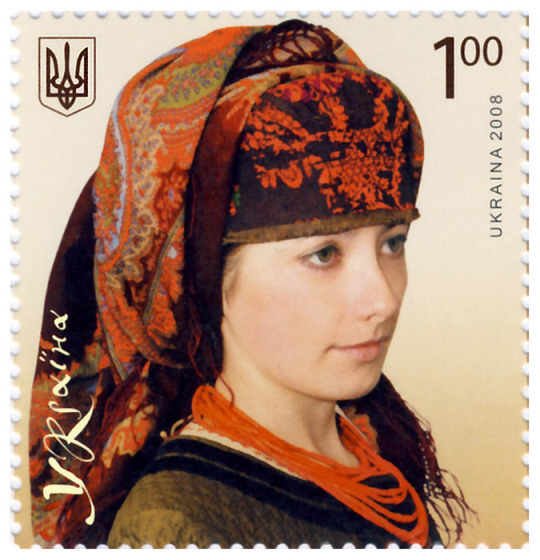
^ Ochipok and kerchief from Cherkasy
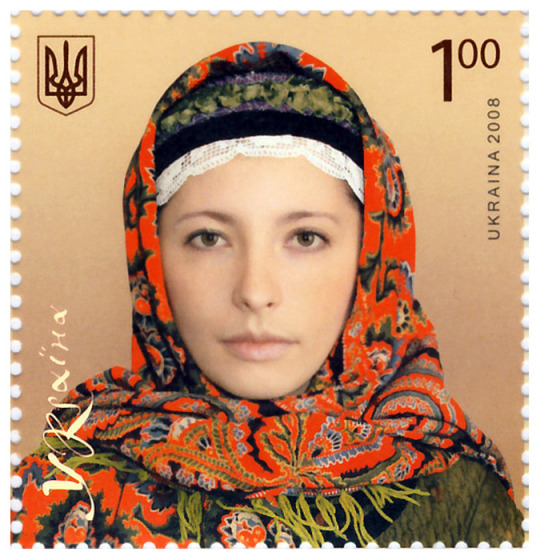
^ Ochipok and kerchief from Lviv
Namitka is a long, thin fabric wrapped around the head and tied in the back. It was the original Slavic head covering for men and women, and could be used to cover the face. Eventually, it gave rise to the Russian kokoshnik. The ends of the fabric are embroidered, usually with red thread.
During the Ukrainian wedding ceremony, the bride's hair was covered by an ochipok and namitka. She would wear the ochipok for the rest of her life with various types of headgear on top of it.

^ Namitka from Rivne
Peremitka is part of traditional Hutsul dress. It is a long strip of cloth ornamented on both ends and tied with a knot on each side. It is worn wrapped around the hair, neck, and chin.
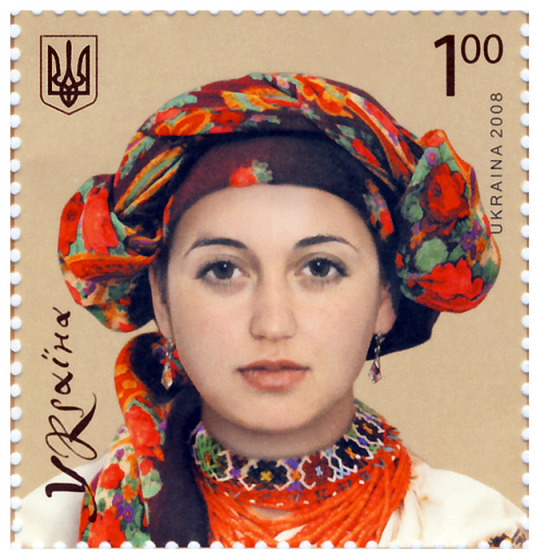
^ Peremitka Hutsul style
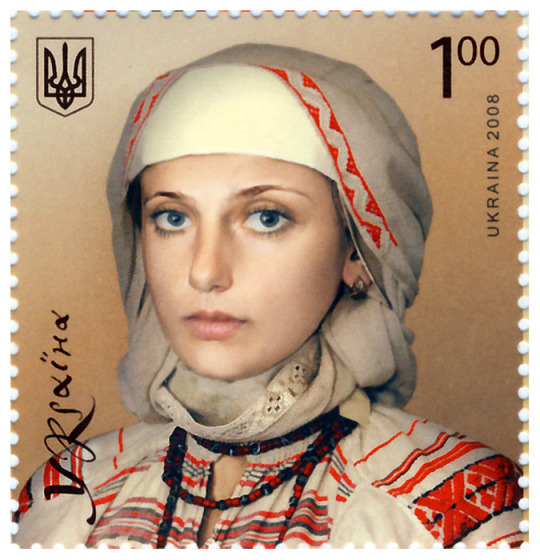
^ Ochipok and peremitka
Bavnytsia is an embroidered ring of cloth fitted around the head, open at the top, with a ring of fringe or gathers stitched to the top edge. It was covered with a namitka or a kerchief. Bavnytsia was traditional dress in Galicia, Ukraine.
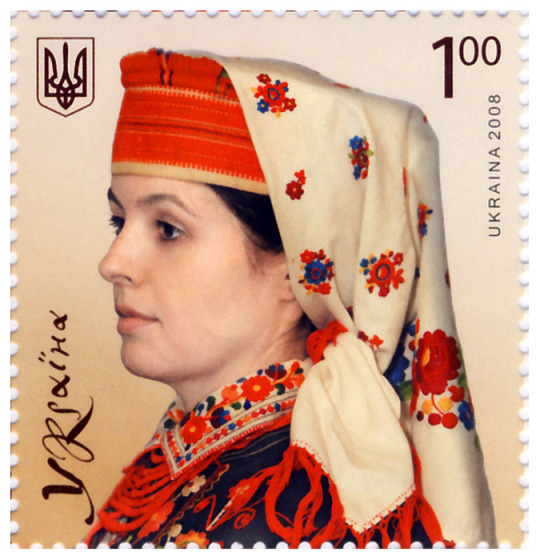
^ Bavnytsia and kerchief, from Lviv
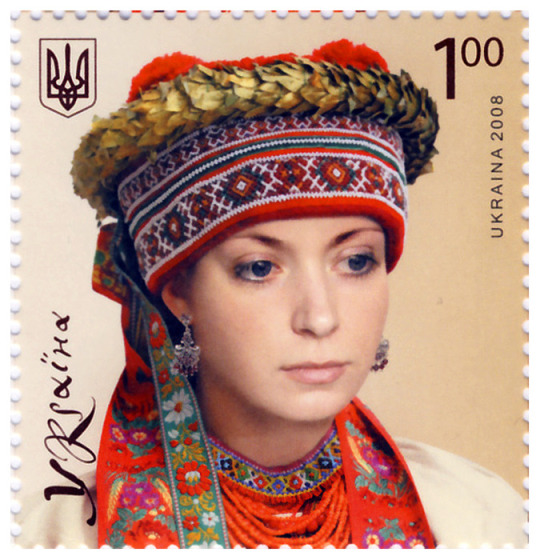
^ Bavnytsia, Pokuttia
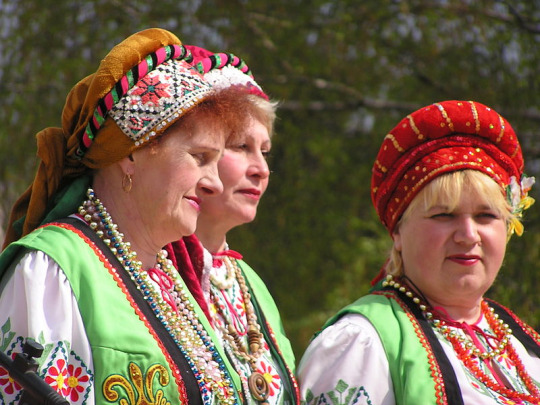
^ Bavnytsia, Donetsk
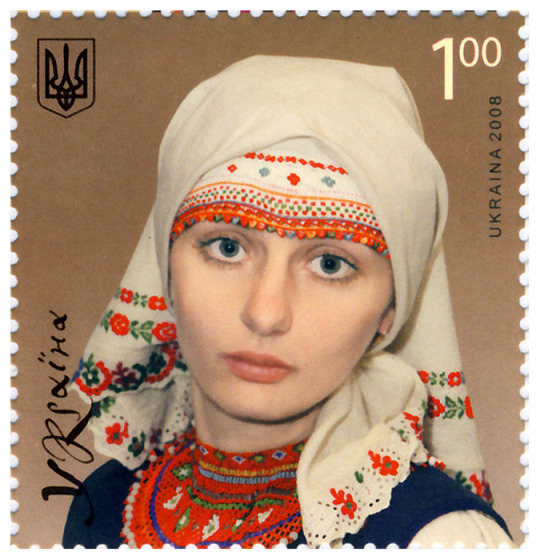
^ Caul and kerchief
870 notes
·
View notes
Photo








Pysanka is the Ukrainian tradition of egg decoration at Easter. Pysanky are created using a batik method: the eggs are covered in wax and then dyed. In 1968, Erast Binyashevsky published The Ukrainian Pysanka, the first book to detail the practice, documenting regional styles in watercolour illustrations. “Binyashevsky was important because his was the first book published about pysanky in the USSR,” explains Luba Petrusha, an obstetrician whose family emigrated to the US from Ukraine. Petrusha runs a website celebrating pysanky, and believes they are an integral part of traditional Ukrainian identity: “Every Ukrainian tries to have at least one pysanka in their Easter basket.”
1) Eastern Polissia region
Berehynia (Goddess)
2) Kherson region
48 wedges (triangles)
3) Kyiv region
Trefoils
4) Kherson region
Spiders
5) Odesa region
Kozak meadows
6) Poltava region
Eternity line
7) Pokuttia region
Beautiful ponds
Putting the east in Easter: Ukrainian decorated eggs - in pictures | Art and design | The Guardian
3 notes
·
View notes
Photo



Hutsul embroidered shirts from “Hutsul Embroidery: from the Collection of the National Yosafat Kobrynsky Hutsulia and Pokuttia Folk Art Museum”, 1950s
#1950s#ukrainian embroidery#vintage embroidery#fashion history#Ukrainian fashion#Hutsul#Hutsulia#Pokuttia
385 notes
·
View notes
Photo





Traditional ceramic tiles of Pokuttia, XIXth century
272 notes
·
View notes
Photo

Ceramic candlestick, Pokuttia, late XIXth century
41 notes
·
View notes
Text

A praying Jew in Pokuttia, western Ukraine, 1880
28 notes
·
View notes
Photo

Zharda necklace, late XIXth century, Pokuttia
4K notes
·
View notes